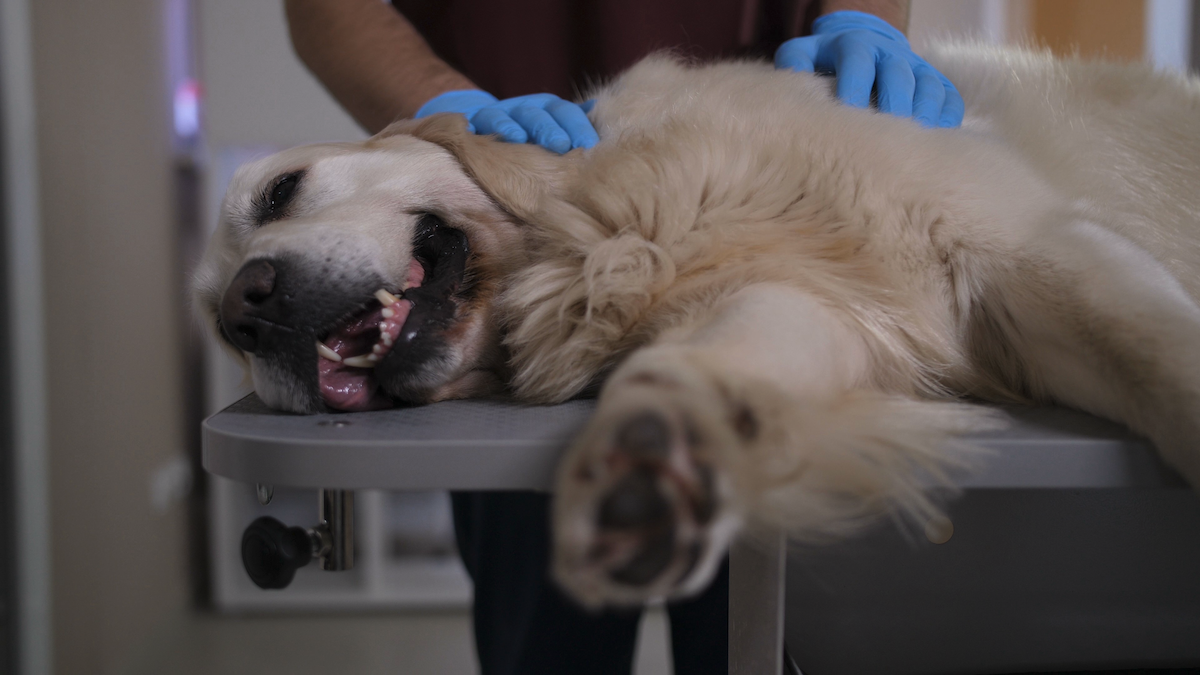In this segment Dr. Emma Grigg discusses the prevalence of behavior problems in companion animals, why it's so important for pet care professionals to initiate conversations about pet behavior, tips on how to do this and respond to clients who indicate possible behavioral issues, immediate actions that can help clients, and additional resources for providing direction to pet owners needing additional support for dealing with problem behaviors.
Running time: 23 min
This presentation is no longer eligible for CE credit
You might also like
The Current Thinking About What Cancer Is And Its Possible Causes
10/23/2024
Cancer is a term that is often shrouded in uncertainty and fear, but gaining a clear understanding o...
Read
More
Dental Equipmentology 101 ... Burs, Luxators, Elevators, Handpieces And Your Body!
05/14/2024
One does not go to a gunfight with a butter knife! You may do it once, but it will leave you bloody...
Read
More
Pain And Behavioral Changes In Dogs And Cats
12/20/2022
Chronic pain has far reaching effects on both humans and animals, and the outward display of pain in...
Read
More
Behavior Changes In Dogs With Epilepsy
12/19/2022
In humans, the prevalence of psychiatric disorders is greater in patients with epilepsy than in the...
Read
More
Cancer Attributable To Infection? What We Know About The Genus Bartonella And Its Role In The Development Of Hemangiosarcoma In Dogs
06/08/2022
The word cancer is a fairly non-specific term and includes a variety of diseases stemming from abnor...
Read
More
Nontraumatic Hemoabdomen And Premature Death In Dogs With Benign Histopathologic Findings
03/29/2022
Hemoabdomen (hemoperitoneum) in dogs can develop in association with abdominal trauma, splenic disea...
Read
More












